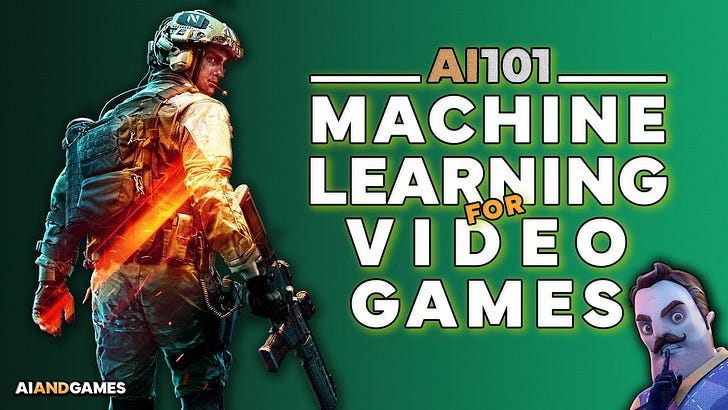How Machine Learning is Transforming Video Game Development
Forget non-player characters, ML's true potential is elsewhere in gaming
Keep reading with a 7-day free trial
Subscribe to AI and Games to keep reading this post and get 7 days of free access to the full post archives.



